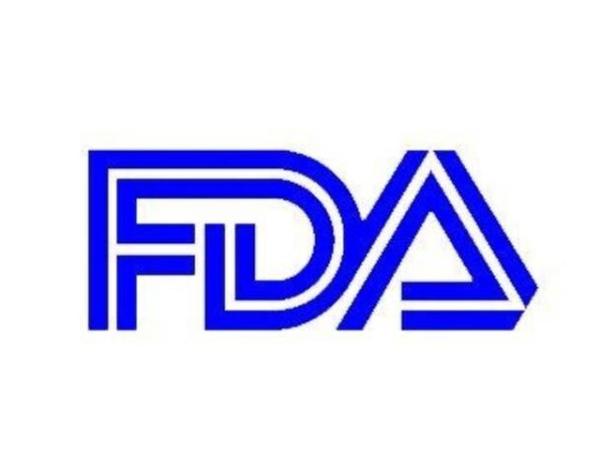When I joined the FDA to be its “biotechnology czar” more than 40 years ago, genetic engineering was a new concept. To fully grasp the nuances of the latest technological advances, we brought together experts in different scientific disciplines from across the organization to create the Office of Biotechnology within the Office of the Commissioner.
The first “biopharmaceutical” was human insulin synthesized in genetically engineered E. coli bacteria. Despite the novelty, we decided that because the FDA had prodigious experience with insulins sourced from pig and cow pancreases and also with drugs derived from various microorganisms, recombinant DNA ("genetic modification") techniques would be viewed as an extension or refinement of long-used and familiar methods for making drugs. Thus, no sui generis policies were required.
That proved to be a historic, precedent-setting -– and correct -- decision. The human insulin, Humulin, was approved in a record-setting five months at a time when the average approval time for a New Drug Application was 31.5 months.
Biopharmaceuticals now dominate the list of highest-revenue drugs and are critical to the health of tens of millions of patients. However, when it comes to another high-impact category of drugs, those for rare diseases, the FDA has a long way to go. When it comes to approving treatments for rare diseases, the Agency’s inefficient structure creates a confusing patchwork of policies that can lead to an inconsistent review process.
There are over 10,000 rare diseases, some affecting only hundreds or even just dozens of Americans. In total, more than 30 million Americans live with a rare disease, but this large, vulnerable cohort has very little visibility outside of patients’ communities and support networks. Even many physicians are surprised to learn that there is currently no FDA-approved treatment for an estimated 95% of rare diseases, so millions of Americans (many of whom are children) face premature mortality, disability, severe pain, repeated hospitalizations and a drastically diminished quality of life.
With such a large segment of our population living in a world without cures or treatments, you would think the FDA and its parent, the Department of Health and Human Services (HHS), would be doing everything in their power to usher in a new wave of innovation. But, unsurprisingly in government bureaucracies, they lack focus, coordination and an overarching strategy for addressing rare diseases.
To become more effective in this area and to give hope to patients living on borrowed time, the FDA should establish a cross-cutting entity with a single leader to focus resources on the goal of getting treatments to rare-disease patients who need them without unnecessary delays.
The FDA is stifling innovation
The Orphan Drug Act, which incentivized researchers to invest in new drugs and devices for rare diseases, was enacted in 1983. Before that landmark law was passed, just 38 rare disease drugs had been approved by the FDA; today, that number is well over 1,000.
This is good news for patients, but much more must be done.
The FDA continues to add and move boxes around on its organizational chart and has created a hodge-podge of initiatives, but rare diseases still get short shrift, and innovation has suffered. Rare diseases has been lumped into the Office of Rare Diseases, Pediatrics, Urologic and Reproductive Medicine, which dilutes both the expertise and focus on rare diseases.
A further complication is that many therapies for rare diseases are classified as “biologics,” which are regulated by the Center for Biologics Evaluation and Research, rather than the Center for Drug Evaluation and Research. Different groups of bureaucrats may have different biases and approaches, which causes the goalposts for approval to be constantly shifted, leading to additional, costly, difficult-to-perform new trials. This situation arises because expertise in the highly specialized fields required to understand the spectrum of rare diseases and the mechanisms for treating them is scattered across the Agency. The conflicting guidance and advice given by different components of the FDA is not a prescription for efficiency and expert oversight, let alone advocacy for rare disease drugs. And the involvement of regulators who advocate for the expeditious testing and approval of the drugs is important: There is a saying in government that “Personnel = Policy.”
Unfortunately, many pharmaceutical companies decide it’s simply not worth the hassle of the additional regulatory burden, or that they can’t afford the cost of providing drugs only on a “compassionate use” basis and gathering new data.
Consider these recent examples:
- In April 2024, after years of deliberations, the FDA finally agreed to consider a drug to help an estimated patient population of 130–150 Americans. The review had been delayed because the Agency gave the drugmaker conflicting requirements for data it needed to submit. Before the FDA accepted its application for review, the company had planned to abandon the drug.
- The same month, Eiger Biopharmaceuticals, a company founded a quarter-century ago, went bankrupt after the FDA kept moving the goalposts on its life-extending treatment for chronic hepatitis delta.
A call to action
To prevent unnecessary roadblocks to vital medicines, the FDA needs an organization that understands and will focus on advocacy for rare-disease drugs. In 2023, the FDA made a step in the right direction when it launched the Support for clinical Trials Advancing Rare disease Therapeutics (START) Pilot Program to accelerate “the pace of development of certain CBER- and CDER-regulated products (novel drug and biological products) that are intended to treat a rare disease.” To achieve this, the agency said:
Selected [drug developers] will be able to interact with FDA through rapid, ad-hoc communication mechanisms to provide a mechanism for addressing program-specific development issues, including but not limited to clinical study design, choice of control group, fine-tuning the choice of patient population, leveraging nonclinical information, or product characterization.
The FDA’s establishment of a Rare Disease Innovation Hub was another noteworthy advance in addressing the needs of patients with rare diseases, but more is needed.
Building on these efforts, the FDA should now create a new organization resembling the Agency’s Center of Excellence for Oncology to focus on getting more treatments to patients who have precious little time and few options. Developing a Center of Excellence for Rare Diseases under a single, dedicated director would further streamline rare disease development. This idea, which has the support of bipartisan members of Congress, would aggregate specialists and researchers on different types of rare diseases and organ systems to expedite the testing, evaluation and approval of drugs for rare diseases. Ultimately, it would enhance cross-Agency collaboration and expedite drug delivery to patients who currently lack options for treatment. Many of these treatments will be cutting-edge gene and cell therapies and combination therapies that require expertise across multiple disciplines to evaluate and move them through the regulatory process.
Institutional change won’t be easy, but it is necessary. A Center of Excellence for Rare Diseases would be an excellent start.




